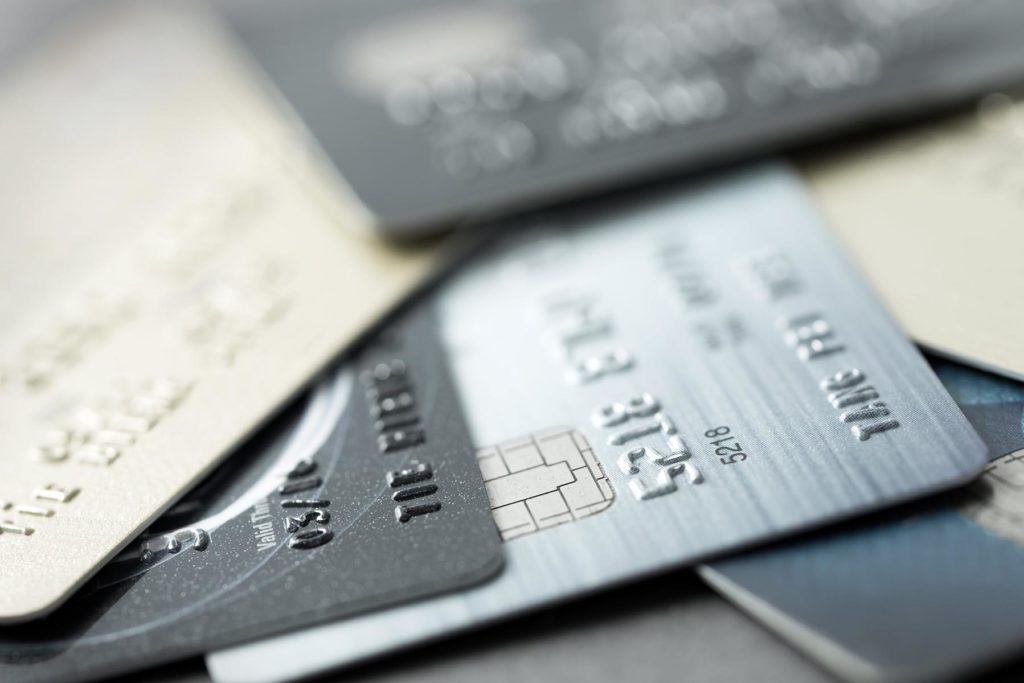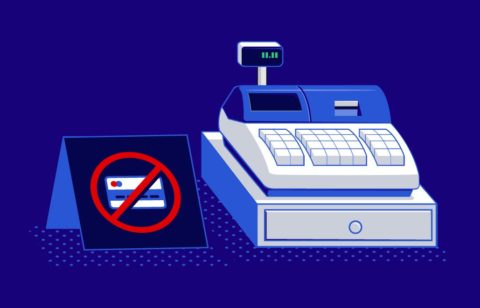If you’re like us you probably take credit cards pretty much for granted. They are nice little pieces of plastic that you can whip out whenever you don’t have enough cash to pay for a purchase or when you’re running a little short and it’s not yet the end of the month. If you’re a savvy credit card user you don’t charge anything that you can’t pay off when your statement roles in so you never pay any interest charges.
The top cards
Have you been tempted to sign up for one of those cards that offer mouthwatering rewards. The top ones come with significant rewards from 2% to 5% cash back. Some even offer 0% interest for an introductory period of time. However, what these credit card offers don’t tell you is what it takes to qualify for one of them.
The credit card companies have criteria called “underwriting standards” for their cards that are closely guarded secrets. The credit card companies are much like Coca-Cola that refuses to release its recipe for Coke. The credit card providers keep secret the criteria they use to approve applicants for their most exclusive cards. However, there is information available from the site CreditKarma that provides insight into what it takes to get one of those top rewards cards. CreditKarma recently released a list of the lowest and average credit card scores of people who had been approved for some of the best and most exclusive credit card offers.
Fact #1: You could have a score in the 600s
The first surprising fact that can be gleaned from this information is that you don’t have to be a member of the “700 club.” In other words, you don’t necessarily need to have a FICO score of 700 or above to qualify for one of the top cards. While the average credit scores for people who successfully obtained the top cards did range in the low 700s, the lowest approval scores dipped well in the 600s. This is clearly because other factors are considered such as past payment history and income. This helps explain why the top credit cards from companies such as Citi, Barclaycard and Discover went to applicants with scores in the 600s.
Fact #2: 0% interest cards require a top score
A second surprising fact is that those 0% interest balance transfer cards do require a top credit score. If you’ve checked into the cards currently available, you would know that the top offer is for an 18-month introductory period. The irony is that these credit cards might be designed to help people trying to get out of credit card debt but the best ones do require a top credit score. For example, Discover and Citi are granting their 12- or 18-month cards only to people who have average scores in the low to mid-700s. If your credit score is in the mid 600s, the best you will probably be able to qualify for is one that lasts just six months.
Fact #3: Higher scores get better rewards
A third maybe not-to-surprising fact is that the higher scores get the bigger rewards. The best of these cards usually offer 2x points, cash or miles on almost every purchase. As you might expect, the average credit score required to get these cards is markedly higher than a “good” credit score. As an example of this, one version of the Barclaycard Arrival World Master Card offers 2x miles on all purchases and significant bonus miles, too. However, successful applicants for this card had average credit scores of nearly 740.
Fact #4: Students can have lower scores
Here’s one you might definitely expect, which is credit cards for students require much lower scores. In fact, the available credit score data shows that the average scores for applicants who are approved for these cards fall below 700. And the lowest scores that are approved for student cards are in the low 600s and, in some cases they even fall below 600.
Fact #5: Approval is just the start
If you are approved for one of these top credit cards this is just the start. Your credit limit and interest rate will be calculated based on your credit scores and other underwriting criteria. If you have a high score you will have higher limits and lower rates.
Something to keep in mind
If you do apply for one of the top rewards cards keep in mind that credit score information is just one factor in the card provider’s underwriting criteria. Plus, as card issuers fine-tune their underwriting standards, these criteria continually change – especially as the prime interest rate changes.
The downside of credit cards
It doesn’t really matter much the rewards you could earn from a credit card if you’re continually racking up debt. You might think that getting 2x cash back on your Visa or MasterCard is a really good deal – but that’s only if you’re paying off your balance at the end of each month. If not, you could be racking up interest charges at the rate of 19% or even higher, which would totally wipe out those cash back rewards. The credit card companies have a grace period of anywhere from 25 to 30 days where you can pay off your balance before you begin to get hit with interest charges. If you charge a purchase the day after your card has “rolled over,” You might get nearly 2 months before that charge would come due. That’s like free money.On the other hand, if you don’t pay off your balance before or on the date it’s due, you will start piling up interest charges and could end up spiraling into a black hole of debt. Here’s an example of what we mean. If you charged $5000 on credit cards that had an average interest rate of 19% and made only the minimum monthly payment of $125, it would require roughly 273 months to pay it off (nearly 23 years) and would cost you $6,923.14 in interest charges.
If you get into credit card debt
If you’re getting to the point where you’re making late payments on your credit cards or even skipping payments, there is a good solution. It was developed by a financial expert named Dave Ramsey and is called the “snowball” method for paying off debt. The way it works is very simple. You rank your debts in order from the one with the lowest balance down to the debt that has the highest. You then concentrate on paying off that first debt being sure you continue to make the minimum payments on all your other debts. Once you have that firs card paid off, it will be easier to off the card with the next lowest balance and you will have more money available, then on to the third debt and so on.
Alternately, you could do as other financial experts counsel and arrange your debts from the one with the highest interest rate – which is costing you the most money – down to the one with the lowest. You would then focus on paying off the one with the highest interest rate then move on to the one with the next highest interest rate, etc. There are people who believe strongly in one or the other of the strategies but what it boils down to is choosing the one that makes the most sense to you.





